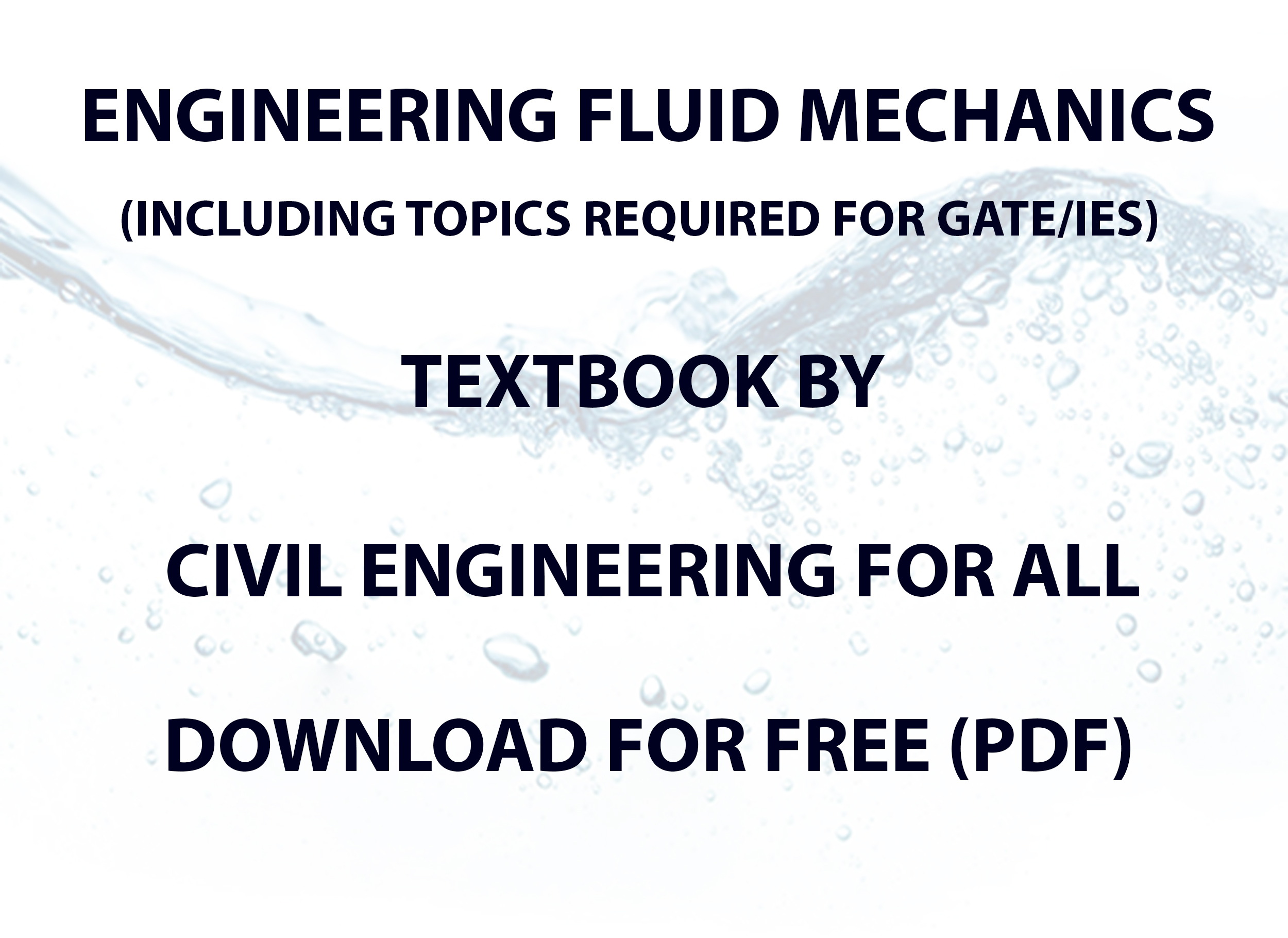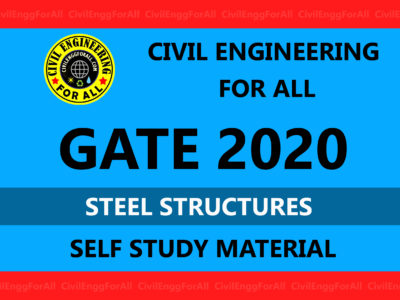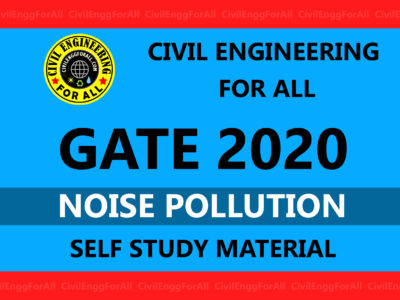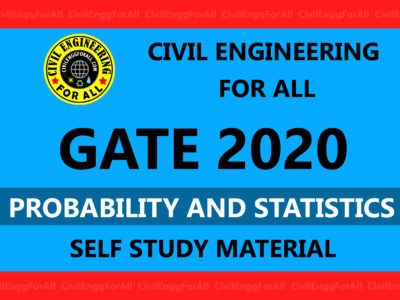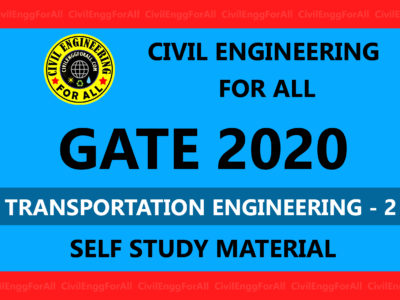
TOPICS COVERED
- Introduction to Fluid Mechanics
- Fluid Properties
- Fluid Statics
- Flowing Fluids and Pressure Variation
- Control Volume Approach and Continuity Equation
- Momentum Equation
- The Energy Equation
- Dimensional Analysis and Similitude
- Surface Resistance
- Flow in Conduits
- Drag and Lift
- Compressible Flow
- Flow Measurements
- Turbomachinery
- Flow in Open Channels
Mechanics is the field of science focused on the motion of material bodies. Mechanics involves force, energy, motion, deformation, and material properties. When mechanics applies to material bodies in the solid phase, the discipline is called solid mechanics. When the material body is in the gas or liquid phase, the discipline is called fluid mechanics. In contrast to a solid, a fluid is a substance whose molecules move freely past each other. More specifically, a fluid is a substance that will continuously deform—that is, flow under the action of a shear stress. Alternatively, a solid will deform under the action of a shear stress but will not flow like a fluid. Both liquids and gases are classified as fluids.
FLUID MECHANICS IES MASTER GATE MATERIAL : CLICK HERE
The Continuum Assumption
While a body of fluid is comprised of molecules, most characteristics of fluids are due to average molecular behavior. That is, a fluid often behaves as if it were comprised of continuous matter that is infinitely divisible into smaller and smaller parts. This idea is called the continuum assumption. When the continuum assumption is valid, engineers can apply limit concepts from differential calculus. Recall that a limit concept, for example, involves letting a length, an area, or a volume approach zero. Because of the continuum assumption, fluid parameters such as density and velocity can be considered continuous functions of position with a value at each point in space.
Units
While a dimension expresses a specific type of physical quantity, a unit assigns a number so that the dimension can be measured. For example, measurement of volume (a dimension) can be expressed using units of liters. Similarly, measurement of energy (a dimension) can be expressed using units of joules. Most dimensions have multiple units that are used for measurement. For example, the dimension of “force” can be expressed using units of newtons, pounds-force, or dynes

Fluid mechanics involves the application of scientific concepts such as position, force, velocity, acceleration, and energy to materials that are in the liquid or gas states. Liquids differ from solids because they can be poured and they flow under the action of shear stress. Similar to liquids, gases also flow when shear stress is nonzero. A significant difference between gases and liquids is that the molecules in liquids experience strong intermolecular forces whereas the molecules in gases move about freely with little or no interactions except during collisions. Thus, gases expand to fill their container while liquids will occupy a fixed volume. In addition, liquids have much larger values of density and liquids exhibit effects such as surface tension. In fluid mechanics, practices that involve using units and dimensions are known collectively as “dimensional analysis.”
A dimension is a category associated with a physical quantity such as mass, length, time, or energy. Units are the divisions by which a dimension is measured. For example, the dimension called “mass” may be measured using units of kilograms, slugs, pounds-mass, or ounces. All dimensions can be expressed using a limited set of primary dimensions. This text mainly uses three primary dimensions: mass (M), length (L), and time (T). A systematic way to carry and cancel units is called the grid method. The main idea of the grid method is to multiply terms in equations by a ratio (called a unity conversion ratio) that equals 1.0. Examples of unit conversion ratios are 1.0 = (1.0 kg)/(2.2 lbm) and 1.0 = (1.0 lbf)/(4.45 N). Engineering analysis is the process of applying scientific knowledge and mathematical procedures to solve practical problems such as calculating forces on an airplane or estimating the energy requirements of a pump. Engineering analysis involves actions that can be organized into four categories: problem definition, plan, solution, and review.
FLUID MECHANICS ACE GATE MATERIAL : CLICK HERE
Applications and Connections of Fluid Mechanics
Hydraulics is the study of the flow of water through pipes, rivers, and open-channels. Hydraulics includes pumps and turbines and applications such as hydropower. Hydraulics is important for ecology, policymaking, energy production, recreation, fish and game resources, and water supply.
Hydrology is the study of the movement, distribution, and quality of water throughout the earth. Hydrology involves the hydraulic cycle and water resource issues. Thus, hydrology provides results that are useful for environmental engineering and for policymaking. Hydrology is important nowadays because of global challenges in providing water for human societies.
Aerodynamics is the study of air flow. Topics include lift and drag on objects (e.g., airplanes, automobiles, birds), shock waves associated with flow around a rocket, and the flow through a supersonic or deLaval nozzle. Aerodynamics is important for the design of vehicles, for energy conservation, and for understanding nature.
Bio-fluid mechanics is an emerging field that includes the study of the lungs and circulatory system, blood flow, micro-circulation, and lymph flow. Bio-fluids also includes development of artificial heart valves, stents, vein and dialysis shunts, and artificial organs. Bio-fluid mechanics is important for advancing health care.
FLUID MECHANICS ACE GATE NOTES : CLICK HERE
Acoustics is the study of sound. Topics include production, control, transmission, reception of sound, and physiological effects of sound. Since sound waves are pressure waves in fluids, acoustics is related to fluid mechanics. In addition, water hammer in a piping system, which involves pressure waves in liquids, involves some of the same knowledge that is used in acoustics.
Microchannel flow is an emerging area that involves the study of flow in tiny passages. The typical size of a microchannel is a diameter in the range of 10 to 200 micrometers. Applications that involve microchannels include microelectronics, fuel cell systems, and advanced heat sink designs.
Computational fluid dynamics (CFD) is the application of numerical methods implemented on computers to model and solve problems that involve fluid flows. Computers perform millions of calculations per second to simulate fluid flow. Examples of flows that are modeled by CFD include water flow in a river, blood flow in the abdominal aorta, and air flow around an automobile.
FLUID MECHANICS MADE EASY GATE NOTES : CLICK HERE
Petroleum engineering is the application of engineering to the exploration and production of petroleum. Movement of oil in the ground involves flow through a porous medium. Petroleum extraction involves flow of oil through passages in wells. Oil pipelines involve pumps and conduit flow.
Atmospheric science is the study of the atmosphere, its processes, and the interaction of the atmosphere with other systems. Fluid mechanics topics include flow of the atmosphere and applications of CFD to atmospheric modeling. Atmospheric science is important for predicting weather and is relevant to current issues including acid rain, photochemical smog, and global warming.
Electrical engineering problems can involve knowledge from fluid mechanics. For example, fluid mechanics is involved in the flow of solder during a manufacturing process, the cooling of a microprocessor by a fan, sizing of motors to operate pumps, and the production of electrical power by wind turbines.
Environmental engineering involves the application of science to protect or improve the environment (air, water, and/or land resources) or to remediate polluted sites. Environmental engineers design water supply and wastewater treatment systems for communities. Environmental engineers are concerned with local and worldwide environmental issues such as acid rain, ozone depletion, water pollution, and air pollution.


ENGINEERING FLUID MECHANICS TEXTBOOK BY CIVILENGGFORALL PDF
DOWNLOAD LINK : CLICK HERE
PASSWORD : CivilEnggForAll
OTHER USEFUL BOOKS
- RAJASTHAN STAFF SELECTION BOARD (RSSB) JUNIOR ENGINEER DIPLOMA CIVIL ENGINEERING EXAM 2022 – HINDI & ENGLISH MEDIUM SOLVED PAPER – FREE DOWNLOAD PDF (CivilEnggForAll.com)
- ISRO TECHNICAL ASSISTANT EXAM 2022 – CIVIL ENGINEERING – HINDI & ENGLISH MEDIUM – SOLVED PAPER – FREE DOWNLOAD PDF (CivilEnggForAll.com)
- MADHYA PRADESH PUBLIC SERVICE (MPPSC) COMMISSION – ASSISTANT ENGINEER EXAM – MPPSC AE 2021 CIVIL ENGINEERING – SOLVED PAPER WITH EXPLANATIONS – PDF FREE DOWNLOAD
- BIHAR PUBLIC SERVICE COMMISSION (BPSC) ASSISTANT ENGINEER EXAM – 2022 – CIVIL ENGINEERING – SOLVED PAPER – FREE DOWNLOAD PDF (CivilEnggForAll.com)
- ODISHA PUBLIC SERVICE COMMISSION – OPSC AEE PANCHAYATI RAJ EXAM 2021 – SOLVED PAPER WITH EXPLANATION – FREE DOWNLOAD PDF

